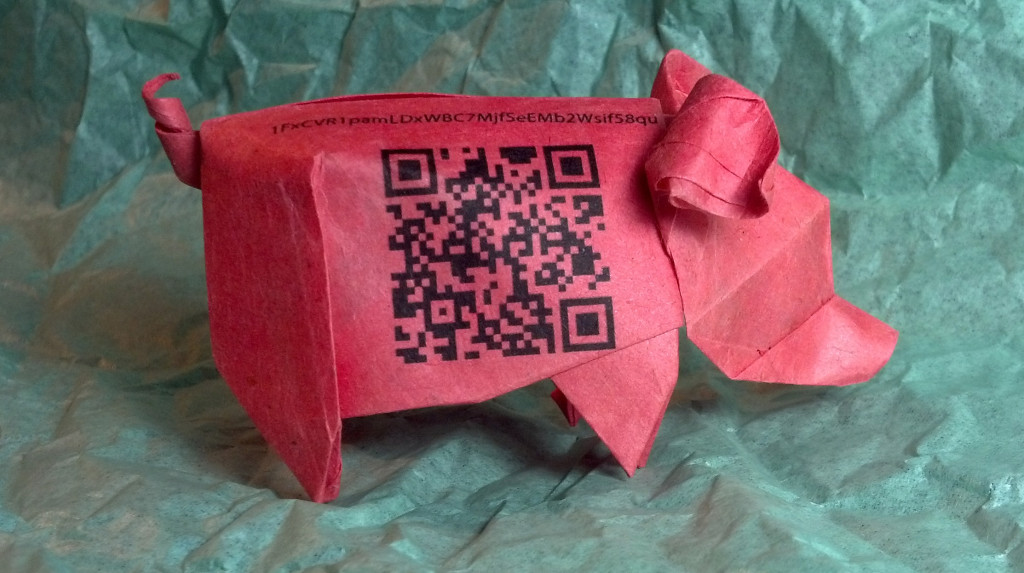The MST Reader is a series of guest posts offering overviews of interesting and timely topics that affect our world.
Dave Karlotski is a writer who blogs about cryptocurrency-related topics, among other things. He is a NH native and UNH graduate who co-founded the local newspaper The Wire, and served as its publisher until 2014. Dave also co-founded The Seacoast Summer Guide (15 years strong) and is a co-founder of the RPM Challenge https://www.rpmchallenge.com.
Bitcoin and Blockchain for Beginners
Part 3: Into the Crypto-Verse
How can Bitcoin, a made-up digital thing that doesn’t physically exist, be worth anything?
Only 21 million bitcoins will ever be created, and those are being released into the system at a controlled, diminishing rate according to a pre-established formula as a reward for distributed computers around the world that work (run software) to maintain the blockchain.
On the one hand, that scarcity is part of the value; on the other hand, unlike most terrestrial currencies which are only divisible to two decimal points, a bitcoin is divisible out to 8 decimal points, which means that as a single bitcoin becomes too valuable for practical daily use, transactions can be made using smaller increments. The flexibility is built in, whether bitcoin is used widely or only within certain communities.
But more to the point, if we accept that precious metals make good currency not because they are shiny but because they are scarce, stable and malleable, and if we accept that paper currency is, after all, just a sort of voucher whose scarcity is enforced by a government and which represents a unit in a vast, spider-webby, country-wide ledger, then there is no reason a secure, unhackable digital unit shouldn’t have value. It’s just up to the market to decide what that value is.
When bitcoin was released into the world in 2009, it was effectively worth nothing. It wasn’t until almost a year later, on May 22, 2010, when bitcoin was first used to purchase a physical product: 2 pizzas in exchange for 10,000 bitcoin.
Milestones ensued: in 2011, bitcoin achieved parity with the dollar; in 2013 it broke the $100 mark. In mid-2019, one bitcoin trades in the ~$10,000 range, so we have already reached the point in which day-to-day transactions are made with fractions of a bitcoin. Where it will settle — what, if any, will be the “final” value of bitcoin — remains to be seen.
The appeal of currency speculation aside, the true legacy of Bitcoin might well be everything that isn’t Bitcoin. Because Bitcoin is an open-source project and all the code is public, it has inspired a multitude of copies, iterations and descendents, many as strange and varied as the imagination of the Internet itself. While some overlap, many have their own discrete, unrelated blockchains.
There are thousands of cryptocurrency projects out there. Some are relatively straightforward variations on Bitcoin, tweaking variables like total supply or time between blocks. Others are whimsical projects, digital currencies tied to specific websites or groups. Even Facebook has announced its interest in creating its own cryptocurrency.
Many others, though, focus only lightly on the currency side and much more on what blockchains might be able to do. There are blockchain projects to create truly distributed, peer-to-peer cloud storage; projects to create platforms on which distributed, secure apps can run; projects to enable the secure storage of public records; projects to enable distributed governance. There is a blockchain-based virtual world, and there are blockchain-based trading card-like systems.
There are few industries that have not at least considered how blockchain technologies might benefit them, or at least affect them, even down to shipping companies looking at how blockchain records could be used to track global supply chains more efficiently.
Blockchain technology represents an inflection point almost as meaningful as the Internet itself: the point at which the digital world becomes more solid and reliable than the physical world. In the first era of the Internet, the digital world became connected and we were empowered to communicate instantly with anywhere, but it was difficult to ensure quality or scarcity unless you had the resources to secure the computing hardware yourself (ie, unless you were a large company or organization). The rise of blockchains is akin to giving the Internet a skeleton, bones upon which the digital world can grow into something new.
Only time will tell what shape that takes.
…
Join the conversation with Market Street Talent on LinkedIn, Instagram, Facebook and Twitter!
